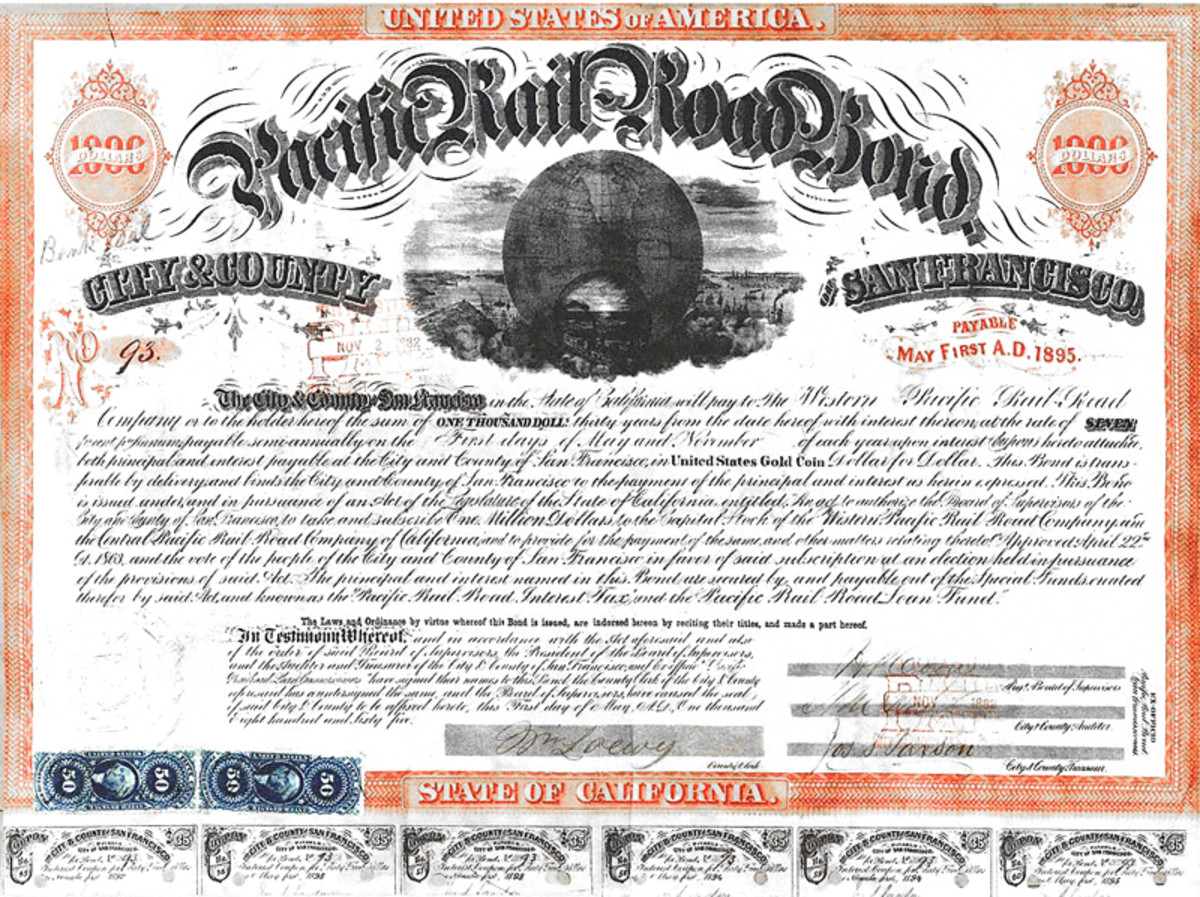ETF Portfolio - Building a Low Risk ETF Portfolio

ETF's are attractive to many investors because of their low overhead costs and ease of investment. Not only can you buy them at any brokerage account, but there is no minimum holding period like most mutual funds. One of the other key advantages is that ETF's make available some tools that can help build a low risk ETF portfolio for the average investor. Let's take a look at some ways to reduce risk in your investments.
Intelligent Asset Allocator
Asset Allocation
Asset allocation is the risk reduction approach most investment advisors recommend. A buy and hold approach, the idea is to periodically (maybe once a year) rebalance your holdings so that the percentage of your assets in any given class is relatively constant. This works to your advantage in a couple of ways. First, the idea is that if you get a lot of price increase in one asset class, the rebalancing forces you to sell at a relative high point and to invest more in classes that are undervalued. In addition, by using assets that don't move in common, the overall variation in the value of the total portfolio is reduced.
Unfortunately, the approach only truly works to reduce risk if you hold assets that have a low correlation, that is, their price changes have little in common to one another. Unfortunately, we often see, especially in bear markets, that many of the asset classes that are often consider to have low correlation, like international funds, real estate, or energy stocks, can move in concert on the downside. For this reason many investors look for other ways to help reduce risk. But for those investors who want to invest using asset allocation, there are ETF's for most every asset class, even if you want to add commodity holdings for extra diversification you can find oil etfs and more.
The best treatment of the asset allocation approach we've seen is the book, The Intelligent Asset Allocator, or the companion book, The Four Pillars of Investing.
Market Timing Books
Market Timing
If you feel you have some insight on timing the markets, ETF's make this relatively simple. If you are timing the major indices like the S&P 500, there are ETF choices that allow you to buy both the long and short side of the market, so you can go long or go short by BUYING an ETF. This distinction is critical because this allows you to do your trading in a tax sheltered account like an IRA, where short selling and naked call purchases are not allowed. You can even do your trading with leverage without a margin account, as there are leveraged ETFs for both the long and short side of all the major indices, along with several sub sectors.
Some market timing approaches that can work are simple moving averages, (buy when the index moves above average like the 200 day moving average, sell when below it). Some calendar based approaches have worked well too (like sell in May and go away for 6 months). There is a whole industry of gurus cranking out timing systems, so it's hard to find one that is working well, but if you try one be sure to get their track record before investing.
Sector Rotation Books
Sector Rotation
One way that has historically produced returns better than the overall market and with generally lower risk is sector rotation system. This is a great fit for ETFs since this type of sector rotation works best with narrow niches, but a pool of stocks like an ETF or mutual fund works better than single stocks. Often the best holding period is less than that allowed by most mutual funds.
Hedged Portfolios
Hedging is not the same thing that most hedge funds actually do these days. The basic idea of a hedge is to offset some risk by buying both long and short positions, so you remove some overall market risk while keeping the amount that you are able to beat the market. Once again, normally this hedging is done by short selling or using put options, but with the leveraged short ETFs or bear mutual funds this is easily done in almost any investment.
As you can see there are a number of ways to build a low risk ETF portfolio. The real power is when you combine them to build a powerhouse portfolio.









